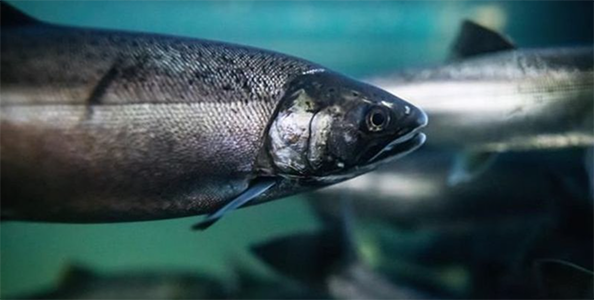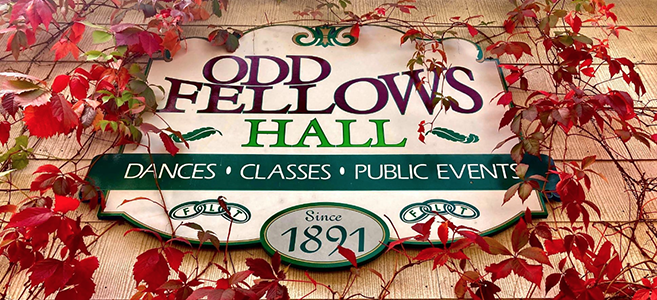||| MIDNIGHT MUTTERINGS BY JACKIE BATES |||
Not one of us will soon forget the images of the incursion on the US Capitol on January 6, 2021, and the physical and psychological damage incurred. That event has led to speculation and explanation based on, well, a lot of thoughts, beliefs, experiences, etc., but not much real understanding of what occurs in a crowd brought together and dispatched by a charismatic leader. The scientific research on crowd behavior** appears to be remarkably scant. Probably, not many subjects would be willing to have their blood drawn on the way to a rally, and then stop for follow up draws after the rally when they are on their way to whatever the next gathering is to be. And, stop, yet again, for more blood draws during the incursion and perhaps fourth and fifth draws immediately after, and a day or week later. But, I have to admit I would love to see the results of analyses of levels of adrenaline and testosterone, and probably a lot of other hormones I’ve never heard of. On January 6, adding a bunch of white-coated fanatics armed with hypodermic needles to the ongoing melee (too mild a word, I know) seems like a poor plan in spite of my curiosity.
(One note here: I have read studies that show that levels of testosterone rise in both women and men when they are in positions of power, so it can’t be all about crowds per se.)
I can’t remember ever being particularly comfortable in a crowd. Possibly, growing up in the middle of seventy acres of forest with occasional forays into the civilized world for school, and well, not much else, reduced my appetite for being around more people than I could count on my fingers. In early high school, I went, in my innocence, to one after-school rally. It was advertised in the halls on handmade posters of ghosts suggesting something about raising our spirits for the football game to be played that coming Saturday. Apparently, players from another school were going to come by bus to ‘our’ playing field where our brave boys, our team, were going to do what they could to humiliate, injure, and send our guests on their pathetic way back to where they came from. And we were needed to support them in that carnage. My family didn’t have television and there really wasn’t much about football in the comic section of the newspaper or in any of the many books from the library I read. I did have an older brother, but he and his friends were more involved in gasoline-powered vehicles with faulty brakes than team sports, so he wasn’t much help in my social education. It was hard for me to gather from my one rally experience exactly why I should want to ‘kill’ some people I had never met in the name of good sportsmanship. I am still innocent of that understanding.
In college I learned that football was everything. That it was extremely important that I should attend games, that what I wore was crucial, and even more critical: who my date was. I went with the herd, sat in the cold, watched other people, including my dates, drink a lot of cold beer, then stand up and yell happily whenever someone from the other team was maimed, and retired afterward to a fraternity house where there more beer and rehashing of a game I never understood for a minute. As the slow learner I was, I didn’t realize until well into my senior year, that I didn’t have to go to football games. That lesson, once learned, served me well in graduate school, when my young son went to games with his father and I stayed home with our toddler daughter. The amazing thing was that for a few hours of my time on a single Saturday game day, I could, together with a box of animal crackers, cram our tiny student apartment with small children and earn enough points in the babysitting co-op to serve for an entire year of free child care.
So while there is a fair amount of psychological theory about what makes (primarily male) humans (and lemmings and wildebeests) behave as they do, particularly in regard to protecting territory or flying over cliffs en masse, there is very little physiological research to help us understand how hormones affect behavior, particularly aggressive behavior. Or likewise, how behavior, especially behavior of groups, affects individual hormone levels. If you read about male-to-male encounters between/among wildebeests, it seems to me not unlike an early model for football or insurrection, missing, of course, cheerleaders in tiny skirts, and beer, and once, a departing President.
I’m not expecting a lot of love from my far-from-original observations here. And I do not mean that I think football is as ridiculous and dangerous as the January 6 raid on the Capitol and Democracy. What I am saying, is that crowd behavior deserves more study and we need, as a culture and nation, a lot more understanding and education about crowds, about what we are unfortunately capable of when we get together in ugly groups and do despicable things to each other and groups of ‘others.’ We seem to be capable in groups, of things that we are a lot less capable of when we are not in a cohesive mob. All of us have seen early photos of groups of people picnicking at a lynching. We know stories of gang rape and murder. I am not underestimating the damage that can be done by a single person in private, but I am saying that we need to know more about crowds and what we can do to prevent the carnage that can occur. Is there a reason we need to protect the rights of people who hold rallies in order to whip up a frenzy of violence and counter violence? How can we tell in advance when a group that gathers to make a statement will turn deadly? For example, the ‘women’s’ marches on January 21, 2017, did not result in death and destruction. Is the difference because the marchers did not have a charismatic leader who encouraged violence or because they did not arrive armed? Could it be that pink ‘pussy’ hats are less provocative than red MAGA hats? (No, they are equally symbolic and silly.)
One other thing: Our former president once curiously misspoke when he said ‘herd mentality’ when he meant ‘herd immunity.’ Is that significant to this subject or just another example of malapropism?
**Behavioral endocrinology is the study of the interaction between hormones and behavior. I think we need to know a lot more about it. Covid-19 is not our only current extremely dangerous and wildly infectious pandemic.









Thanks again, Jackie, for thoughtful and though-provoking musings. I recall a former military man, now congressman, saying he was more afraid in the midst of the insurrection than he’d been in warfare. Mobs are scary because as one person pushes a limit, another sees it and raises it one, and pretty soon limits and boundaries that would be respected if alone, are trampled. The specific outcome is completely unknown. I think most of us can think of a time when we went “too far” when we were with others, in a way we wouldn’t had we been alone, although with far less consequence than the rioters on January 6th.